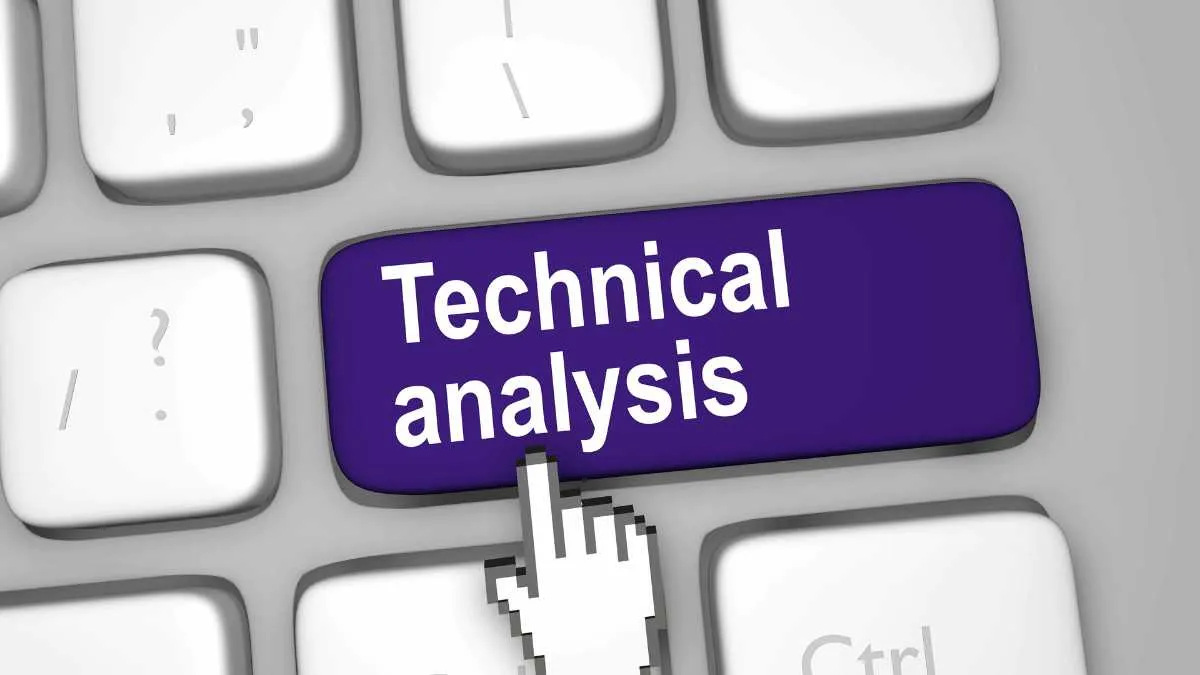Thursday Feb 1 2024 08:56

11 min

If you're a trader or investor looking to understand and utilize this powerful technical analysis tool, you've come to the right place. In this article, we will delve into the definition of EMAs, how they are calculated, their advantages over simple moving averages, and most importantly, how you can incorporate them into your trading strategies for better decision-making.
An exponential moving average (EMA) is a type of moving average that places greater emphasis on recent price data, making it more responsive to changes in market trends. Unlike simple moving averages (SMAs), which give equal weight to all data points within the specified period, EMAs assign higher weights to more recent prices. This weighting scheme results in a smoother and faster-moving line that reacts quickly to price movements.
The main advantage of using EMAs over SMAs is their ability to provide timely signals for entering or exiting trades. Since EMAs place greater importance on recent price action, they are better equipped to capture short-term trends and minimise lag compared to SMAs.
EMAs are particularly useful in trending markets where prices tend to move in one direction for extended periods. By using shorter EMA periods like 20 or 50 days, traders can identify potential entry points when prices pull back towards the EMA line during an uptrend or bounce off it during a downtrend.
In addition to generating buy/sell signals based on crossovers with other EMAs or price levels, traders often use EMAs as dynamic support. These lines act as areas, where buyers may step in during pullbacks or sellers, may emerge during rallies.
Exponential moving averages offer valuable insights into market dynamics by smoothing out noise and highlighting significant price movements. When used correctly with other technical indicators and risk management strategies, EMAs can greatly enhance your trading decisions and improve overall profitability.
Calculating an Exponential Moving Average (EMA) may sound complex, but it's quite straightforward once you understand the formula. The EMA is a type of moving average that gives more weight to recent data points compared to older ones. This weighting factor makes EMAs more responsive to price changes and helps traders identify trends faster.
To calculate the EMA, you first need to decide on a period or "lookback" period. This can be any number of days or periods, depending on your trading strategy and preferences. Next, gather the closing prices for each day within the chosen lookback period.
Once you have your data, plug it into this formula:
EMA=(Closing Price×Multiplier)+(Previous EMA×(1−Multiplier))
Where:
Multiplier is 2(Number of Periods+1). For example, for a 10-day EMA, the multiplier would be 2(10+1)=2/11
By following these steps and consistently updating your calculations with new data points, you can easily determine exponential moving averages for any given time frame in your trading analysis.
Remember that different traders might choose various lookback periods based on their strategies and goals. It's important to find what works best for you through experimentation and practice.

Exponential Moving Average (EMA) and Simple Moving Average (SMA) are two popular tools used in technical analysis to identify trends and potential trading opportunities. While both types of moving averages serve similar purposes, there are key differences between them that traders should consider.
The EMA gives more weightage to recent price data compared to the SMA. It applies a smoothing factor that exponentially decreases as you move back in time. On the other hand, the SMA calculates an average by summing up a specified number of prices and dividing it by that same number.
In terms of responsiveness, EMAs react faster to price changes compared to SMAs due to their emphasis on recent data points. This makes EMAs more suitable for short-term trading strategies or when quick responses are required.
However, it is important to note that this increased sensitivity can also result in more false signals or whipsaws during volatile market conditions. On the contrary, SMAs tend to be smoother and slower-moving since they give equal weightage to all data points within the chosen period.
Traders often choose between EMA and SMA based on their specific trading style and objectives. Those who prefer shorter-term trades may find EMAs more beneficial for identifying trend reversals quickly. Conversely, traders with longer-term perspectives might favour SMAs for their ability to filter out noise from temporary market fluctuations.
Whether you choose EMA or SMA depends on your individual preferences and needs as a trader. Experimenting with different moving average types can help you determine which one aligns best with your trading strategy.
Exponential Moving Averages (EMAs) are powerful tools that can be utilized in trading strategies to identify trends and potential entry or exit points. By analyzing price data over a specified period, EMAs provide traders with valuable insights into market dynamics.
One common way to use EMAs is for trend identification. Traders often look at the relationship between different EMAs with varying periods to determine if a market is trending upwards or downwards. For example, when the shorter-term EMA crosses above the longer-term EMA, it may indicate a bullish trend, while a crossover below could signal a bearish trend.
Another strategy involves using EMAs as dynamic support and resistance levels. As prices approach an EMA, it can act as a level of support or resistance depending on whether the market is trending up or down. Traders may look for opportunities to enter trades near these levels if they align with other technical indicators or patterns.
Moreover, EMAs can also be used to generate buy and sell signals based on crossovers. When the shorter-term EMA crosses above the longer-term EMA, it may trigger a buy signal indicating an opportunity to enter into a long position. Conversely, when the shorter-term EMA crosses below the longer-term EMA, it could suggest selling or going short.
It's important to note that no trading strategy is foolproof and relying solely on EMAs may lead to false signals or missed opportunities. Therefore, combining them with other technical indicators such as oscillators or chart patterns can enhance their effectiveness.
While exponential moving averages (EMAs) can be a useful tool in technical analysis and trading strategies, it's important to understand their limitations. Here are some key considerations when using EMAs:
It's crucial for traders not to solely rely on EMAs but instead combine them with other technical indicators and analyze broader market conditions before making any trading decisions.

While exponential moving averages can be a powerful tool in trading strategies, it's important to be aware of some common mistakes that traders often make when using them. By understanding these pitfalls, you can avoid making the same errors and improve your chances of success.
One common mistake is relying solely on EMAs without considering other indicators or factors. EMAs should be used as part of a comprehensive trading strategy that takes into account various technical analysis tools, market conditions, and fundamental data.
Another mistake is using inappropriate timeframes for calculating EMAs. Different securities and markets may require different EMA periods to provide accurate signals. It's essential to experiment with different timeframes and find the one that works best for your specific trading style.
Furthermore, many traders fall into the trap of chasing trends based solely on EMA crossovers. While crossovers can indicate potential trend changes, they are not foolproof signals. It's crucial to consider other confirmation indicators and analyze market conditions before making trading decisions.
Over-optimizing EMAs is another pitfall that traders should avoid. Tweaking parameters too frequently or excessively fitting EMAs to historical data can lead to unrealistic expectations and poor performance in real-time trading scenarios.
Impulsive decision-making based on short-term EMA movements can result in costly mistakes. It's essential to maintain discipline and follow a predefined strategy rather than reacting impulsively to every small fluctuation indicated by EMAs.
Exponential Moving Averages (EMAs) are versatile technical analysis tools used by traders worldwide. They offer insights into price trends, support resistance level identification, and signal potential entry or exit points in financial markets.
By understanding what an EMA is, how to calculate it accurately compared with Simple Moving Averages (SMAs), and its applications in various strategies like trend following or mean-reversion systems; you will have a solid foundation for utilizing this indicator effectively.
Learn and trade with markets.com, the ultimate trading community.
“When considering CFD for trading and price predictions, remember that trading CFDs involves significant risk and could result in capital loss. Past performance is not indicative of any future results. This information is provided for informative purposes only and should not be construed to be investment advice.”